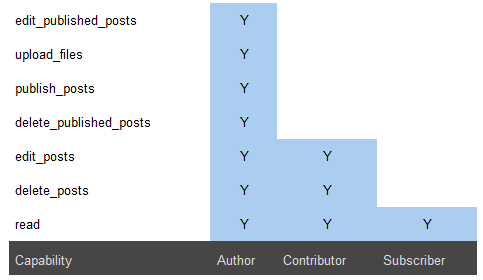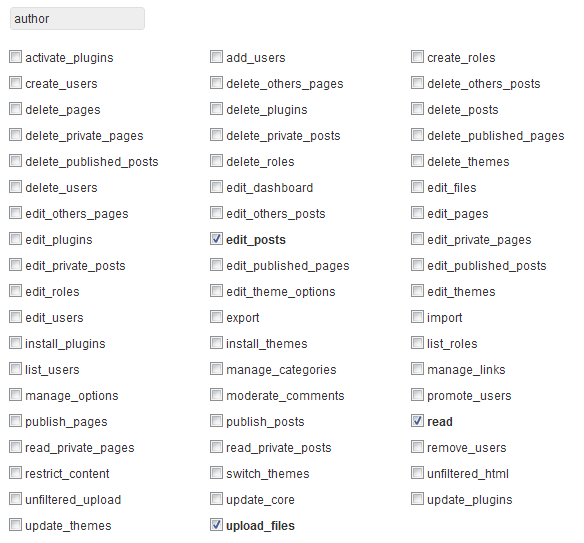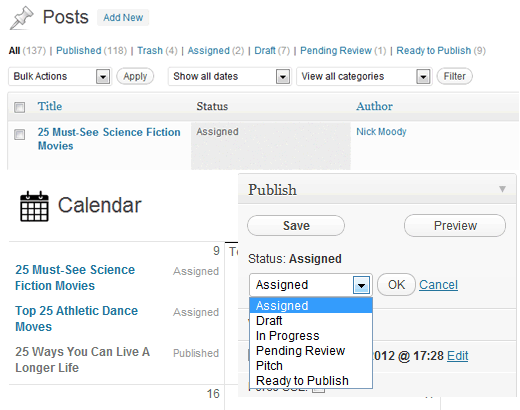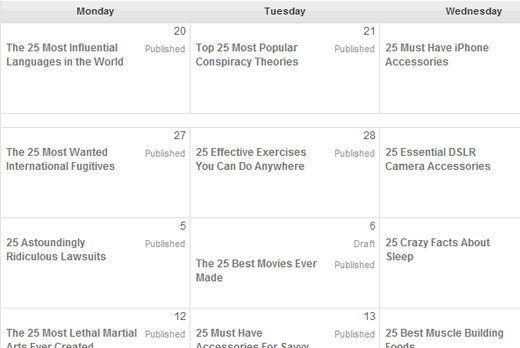ProBlogger: Are You Wasting Time Guest Posting? |  |
| Are You Wasting Time Guest Posting? Posted: 29 Sep 2012 07:03 AM PDT This guest post is by Dan Norris of Web Control Room. Guest posting is up near the top of every list of ways to grow your blog. The problem is, if you don’t do it correctly, you are more or less wasting your time. I’ve been writing guest posts for a long time as a way to build interest in my blogs. But until recently I’d never really looked specifically at the results. I’d been assuming, like a lot of bloggers, that I could just get published on some big blogs, and readers would come my way. My new business, Web Control Room, is a free web app that allows tech savvy business owners to track all their important metrics in the one place. So part of my launch strategy is guest posting on popular blogs for small business owners and bloggers. In the first few weeks of running my beta I was lucky enough to get published on three well-known industry blogs. But after analyzing the results, I was shocked. The stats are shown below, “conversions” being the number of people who signed up to use the app in its beta stage.
Those figures are for all three guest posts combined—about nine hours work for me! As you can see, these results fall a long way short of what most people expect when writing guest posts. Not only is the traffic minuscule, the conversion rate was well below that from other sources (some were closer to 10%). Two problems with guest postingThere are two things that are often forgotten by bloggers publishing guest posts.
So if you don’t understand what the readers want, and they don’t want to leave the host blog to come back to yours anyway, what do you do? In this post I’m going to give you five techniques you can use to directly address these problems, and stop wasting time guest posting. 1. Mention your blog or businessThe first thing you absolutely must do in a guest post is mention your blog or business, ideally with a link back to your site. A lot of people forget this. I’ve read some exceptional posts in the past and arrived at the end of the article having no idea who wrote it or what they do. You’ve got to work this into the post, ideally near the start (like I did above). Some blogs don’t like linking off to your site during the body of the post, but most will allow you to talk about your business if it’s used as an example in your post. If you aren’t talking about your business then you are probably writing generic, boring content anyway, so most good blogs will understand the need for you to do this. If you mention your blog or business at the start, it will be at the back of the readers’ minds when they get to the end of the post, where there definitely should be a bio and link back to your site with a compelling pitch targeted to the readers of the host blog. 2. Take a case study approachTo take the first point a step further, why not write a post specifically about what you are doing in your business—a case study? Notice how in the intro above I mentioned specific results I got for guest posts I have written. That’s a small example. An even better one would be to make the entire post about work you have done in your business. I recently wrote a guest post for Think Traffic, called Which traffic strategy converts best? This post was all about the traffic strategies I was implementing as part of my new business. Because it was about my business, people were naturally interested in checking out my site after they read the post. In fact, I suspect a lot of people going back to the site were simply doing so to see how the site was set up for conversions. This particular guest post brought in over three times the number of visitors than all three posts I mentioned above combined, not to mention 40+ email subscribers it generated. Most of the time, the main thing that’s unique about you is that you are the one running your business or blog. Anyone can write general stuff, but only you can write truly unique content with meaningful insights from the work you’ve done—and this is much more interesting than a generic top-ten list. 3. Be nice to the gatekeeperMost large blogs have someone who manages the content, but who isn’t necessarily the face behind the blog. This person is used to seeing the same spammy guest post email day in, day out, and guest posters following the same standard approach of sending off their article and never returning to the host blog once it’s accepted. As I mentioned before, it’s hard to get everything right with your first guest post. If you are just doing it for a backlink, there are quicker and easier ways to get the same result. If you are doing it to legitimately provide value and engage with the audience, then you should do what the others don’t do, because your goal should be to write more articles for the site in the future—and better articles, too. When I approach a host blog, I always do the following:
4. Encourage comments and reply to each and every oneTowards the end of your post, ask a specific question of the reader and encourage them to reply with their answer. Then, after the post goes live, respond to each and every comment made on your post. Quite often a lot of the best content comes out of the discussion at the end of a post, so blog owners like to see an active comment thread. If you don’t have anything to say in response to a comment, just say thanks! There will also be more opportunities to discuss your business or blog with the readers in the comments, and that discussion will drive up the comment count on the post, to make your work stand out from others’. In some cases, the number of comments will impact on the popular post links on the site, so having more discussion could get you even more eyeballs if it gets you into that list. Needless to say, you’ll also certainly get the attention of the blog owner this way. The comments will also teach you a lot about the audience. What level are they at in relation to the content? What sites do they run (check out a few as you reply to comments)? What did they like and dislike about your post? This will help you do a better job on your next post, because you’ll know the readers and have a better idea of what they will respond well to. Regular readers will also remember you and be much more likely to read and engage with your future posts. 5. Make it controversial (if you can)This one is always a bit tricky. It’s hard to fabricate controversy, and I’m not suggesting you go out and offend people. But often, you can inject a little hint of controversy into your writing and if it’s done well, it’s sure to result in more shares and more comments. On my last blog, my two most popular posts were:
These posts expressed an opinion and were in some way a bit controversial, and that, no doubt, is why they were the most popular. You can even use the title to drip in a bit of controversy. “Are you wasting time guest posting?” suggests that guest posting can be a waste of time, which is controversial. “5 guest posting tips” wouldn’t have the same appeal. My post on Think Traffic explained 12 traffic strategies, and the one that converted the best for me was a Twitter auto-follow strategy that some readers weren’t too keen on. But you have to go back 11 posts on Think Traffic to find one that was shared more than mine, and the comments thread was also very active. If you can be just a little bit controversial, your post becomes interesting, and content needs to be interesting to have an impact. So are you wasting time guest posting?I’ve talked about some of my best and worst guest posts in this article, and now I’d love to hear from you. Have you wasted time on unsuccessful guest posts? And if so, what did you learn to turn it around for future posts? Dan Norris is the founder of Web Control Room a free tool that gives bloggers a simple report on the performance of their site. The app talks to popular services used by bloggers (Feedburner, Aweber, PayPal, Analytics etc) and simplifies the information into a 1 page live report available via the web or mobile. Originally at: Blog Tips at ProBlogger Are You Wasting Time Guest Posting? |
| You are subscribed to email updates from @ProBlogger To stop receiving these emails, you may unsubscribe now. | Email delivery powered by Google |
| Google Inc., 20 West Kinzie, Chicago IL USA 60610 | |















.jpg)